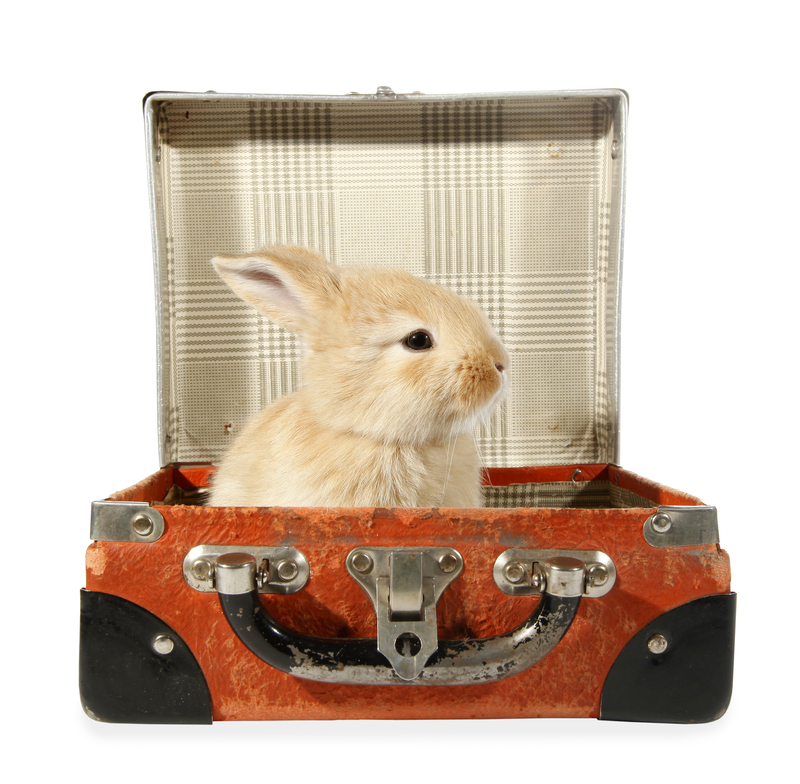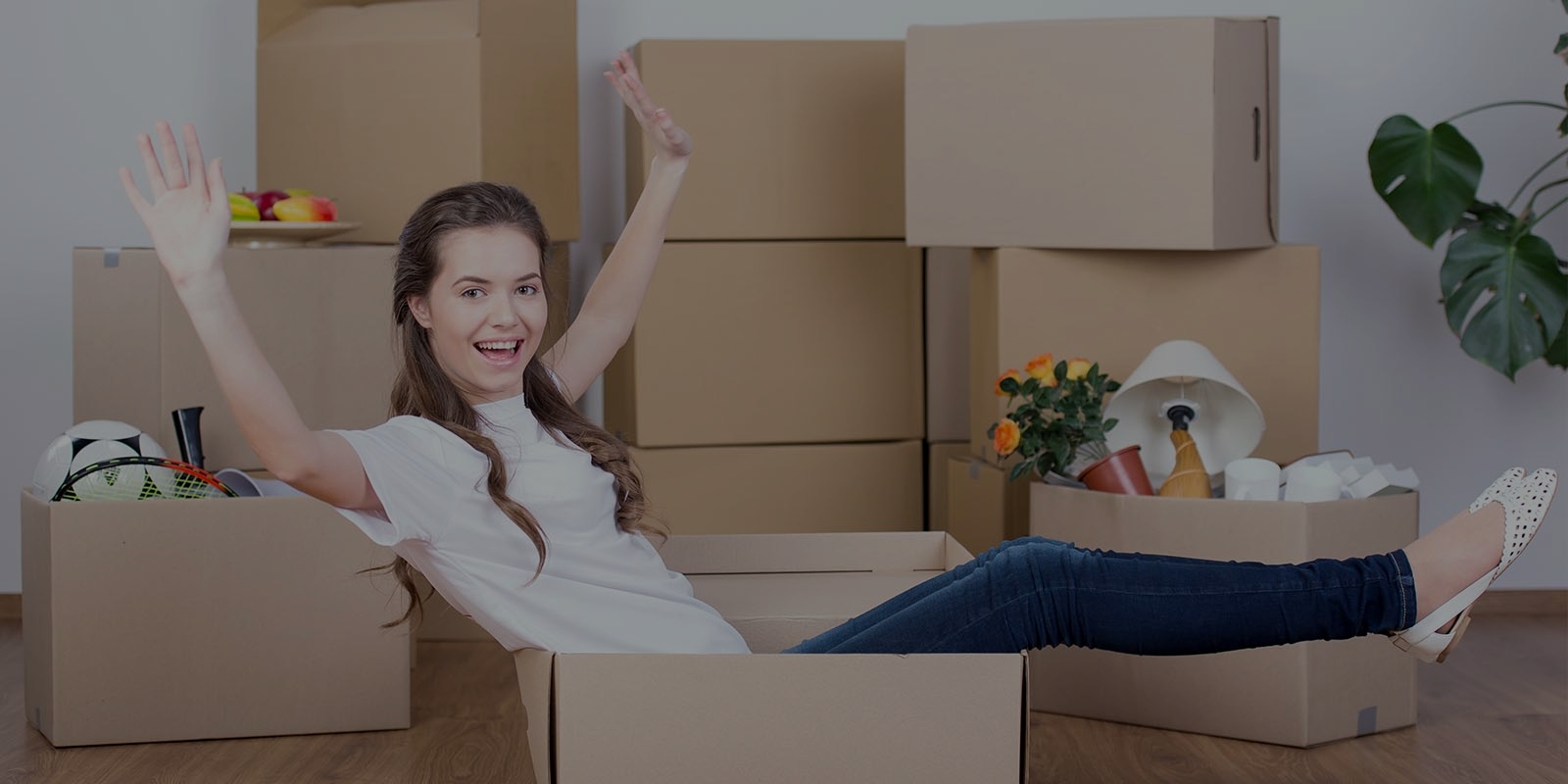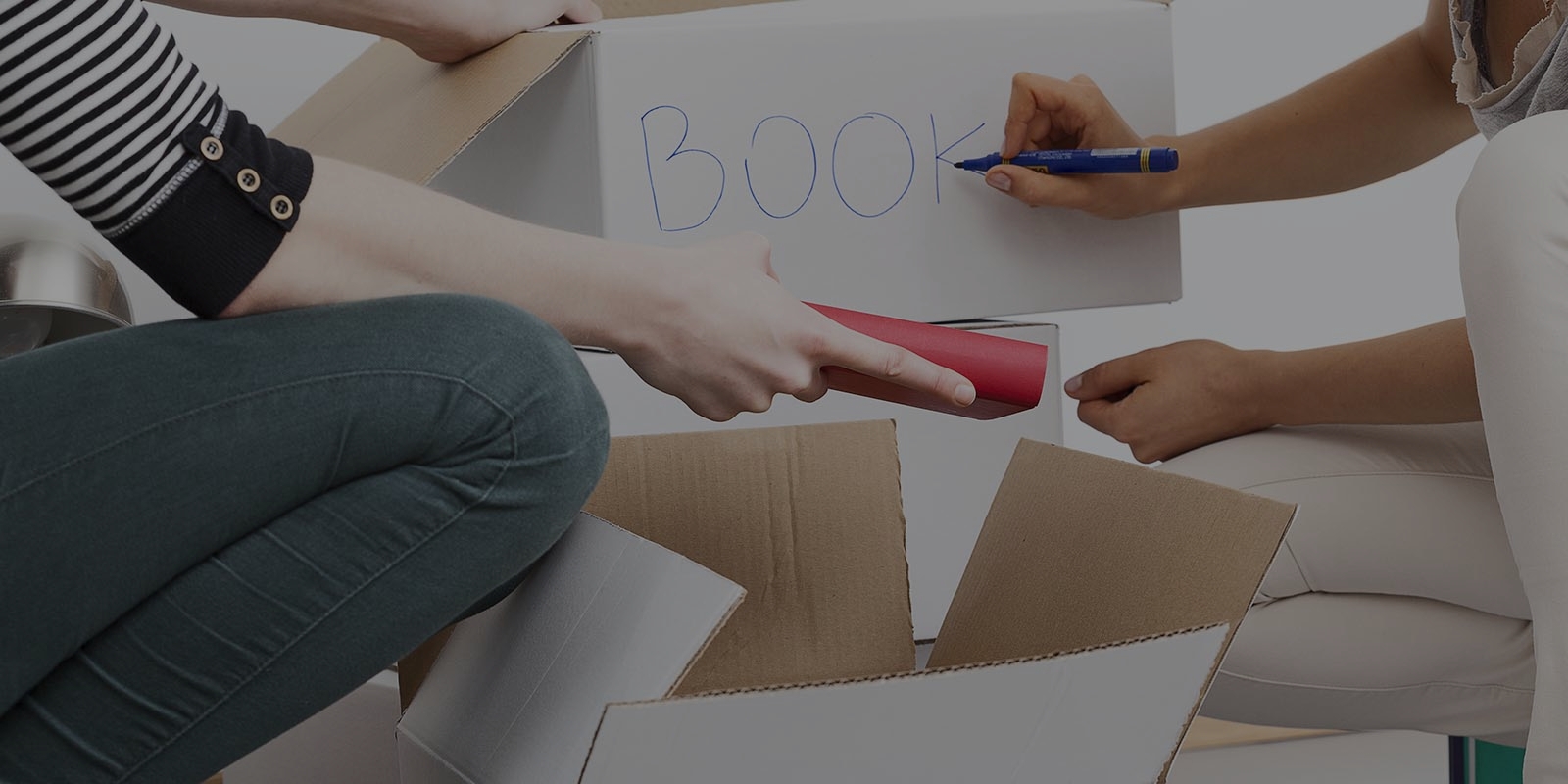Mastering the Art of Moving Your Bed and Mattress
Posted on 29/05/2025
Mastering the Art of Moving Your Bed and Mattress
Moving your bed and mattress is one of those daunting yet essential tasks that awaits anyone who's relocating to a new home or apartment. Not only do these items tend to be bulky and heavy, but they're also delicate and require special care to avoid damage. Whether you're transporting a luxurious king-size ensemble or a humble twin setup, knowing the right techniques can save you time, effort, and money. In this comprehensive guide, we unravel the secrets to successfully moving beds and mattresses--from preparation and protective measures to handling delicate frames and navigating those tricky staircases.
Why Proper Mattress and Bed Moving Matters
Your bed is more than just a piece of furniture; it's an investment in your comfort and well-being. Mattresses, especially, can harbor delicate materials--springs, foam, and upholstery--that degrade if handled improperly. Mastering the art of moving your bed and mattress helps you:
- Prevent tears, stains, and structural damage
- Prolong the lifespan of your mattress and frame
- Avoid the costs of replacement or repair
- Ensure a restful night's sleep at your new place

Step 1: Preparing Your Bed and Mattress for Moving
1.1 Gather Necessary Supplies
Before you start, it's essential to have the right equipment on hand. Here's what you'll need for moving mattresses and beds efficiently:
- Mattress bags/covers: To shield your mattress from dirt and moisture.
- Bubble wrap and moving blankets: For wrapping bed frames, headboards, and footboards.
- Packing tape and ties: To secure covers and any disassembled parts.
- Tool kit: Screwdrivers, Allen wrenches, and pliers for taking apart bed frames.
- Furniture sliders or dollies: For smooth, injury-free transport.
- Markers and labels: To identify hardware and frame pieces.
1.2 Strip the Bed
Remove all bedding, pillows, and decorative pieces. Wash and pack linens separately in a clean, sealed bag for easy access at your destination.
1.3 Clean Your Mattress and Bed Frame
Dust, crumbs, and allergens can accumulate over time. Vacuum your mattress and wipe down the bed frame. A fresh, clean mattress is much nicer to set up in your new space.
Step 2: Disassembling the Bed Frame
2.1 Document the Assembly
Before you touch a single bolt, snap photos or record a quick video of your bed frame. These visuals will prove invaluable when it's time to reassemble.
2.2 Remove Mattress and Foundation
Lift the mattress and, if applicable, the box spring or slatted base. Store them in their mattress bags and place off to the side.
2.3 Take Apart the Frame Carefully
Using your tools, follow these steps:
- Detach the headboard and footboard.
- Remove slats or supporting rails.
- Keep all nuts, bolts, and small parts in a labeled plastic bag. Tape this bag securely to the frame's largest piece to avoid loss.
This strategy greatly simplifies the reassembly process.
Step 3: Protecting Your Bed Frame and Mattress
3.1 Wrapping the Frame
Cover wooden or metal parts in moving blankets or durable bubble wrap. This prevents nicks, dents, and scratches during loading and transport.
3.2 Safeguarding the Mattress
The best way to protect your mattress during a move is by using a mattress bag or durable plastic sheeting. This acts as a barrier against:
- Moisture and spills
- Dirt and dust
- Insects
- Accidental tears
After encasing your mattress, firmly tape the open end shut. Avoid folding memory foam or latex mattresses, as this can damage their internal structure.
Step 4: Transport Strategies for Beds and Mattresses
4.1 Plan the Route
Measure your doorways, hallways, and staircases before you move. Make sure your mattress and bed frame components can fit comfortably through all passageways in both your old and new homes.
4.2 Teamwork Makes the Dream Work
Maneuvering a mattress alone can be unsafe. Enlist a friend, family member, or professional mover. Clear your route of obstacles to prevent injuries and damage.
4.3 Use Proper Lifting Techniques
- Bend your knees, not your back
- Keep the mattress close to your body
- Lift with your legs, not your arms
- Communicate and lift at the same time if working with a partner
For tight turns or stairs, tilt the mattress vertically. Some beds (especially adjustable or platform types) require particular care to avoid bending or breaking slats and bases.
4.4 Loading the Items
When loading into a vehicle:
- Place the mattress flat on top of other furniture, never on its side for extended periods (this can lead to deformation).
- Lay dismantled frame pieces together and pad them to prevent shifting.
- If using a moving truck, secure your items with straps to reduce sliding.
Step 5: Reassembling Your Bed and Mattress at Your New Home
5.1 Unpack and Inspect
Remove all wrappings and inspect for damage. If you spot any issues, address them before setting up your bed.
5.2 Rebuild the Bed Frame
Refer back to your photos or video from the disassembly stage. Follow these steps:
- Assemble the main frame.
- Attach the headboard and footboard.
- Secure all slats and crossbars for maximum support.
5.3 Position and Set Up the Mattress
Place the mattress and foundation on the frame. Give both a quick vacuum to remove any debris picked up during the move.
5.4 Let the Mattress Breathe
Before you make your bed, give your mattress a few hours to air out and regain its shape. This is especially true for memory foam mattresses.
Common Challenges and How to Overcome Them
Navigating Stairs and Tight Spaces
Some homes have tricky layouts. Here are expert tips for moving beds and mattresses through narrow corridors and stairwells:
- Verticalize the mattress: Most standard mattresses can be bent slightly for transport, but avoid folding.
- Protect corners: Use cardboard or bubble wrap to avoid scrapes.
- Communicate: One person leads, the other follows--move slowly and deliberately.
Moving Large or Specialty Beds
Platform beds, adjustable bases, or beds with built-in storage require extra planning. Refer to the manufacturer's instructions for disassembly or consider hiring professional movers.
DIY Moving vs. Professional Movers: Which to Choose?
Should you handle moving your bed and mattress yourself, or trust the experts? Each approach has pros and cons.
DIY Moving
- Pros: Cost-effective, flexible timing, direct control over your belongings.
- Cons: Risk of injury, potential for damage, requires more planning and physical effort.
Professional Movers
- Pros: Experienced staff, insured moves, specialized equipment.
- Cons: Higher cost, scheduling constraints.
If your bed is exceptionally heavy or you have mobility issues, hiring professional movers is usually the safer bet.
Expert Tips for a Smooth Bed and Mattress Move
- Label everything: From hardware bags to frame components, clear labels save enormous time during reassembly.
- Keep tools handy: Bring basic tools with you rather than packing them away. You'll need them for both disassembly and reassembly.
- Don't forget the extras: If you use a box spring, bed risers, or under-bed storage, pack and label these separately.
- Check your mattress warranty: Improper moving can void coverage--always consult the warranty before transport.
Cleaning and Freshening Post-Move
After moving your bed and mattress, take this opportunity to give them a deep clean. Sprinkle baking soda on your mattress, let it sit for 20 minutes, and then vacuum. Consider using allergen spray for both the frame and mattress.

Frequently Asked Questions
How often should mattresses be replaced?
Most mattresses last 7-10 years, depending on material and use. Properly moving and handling your mattress can extend its usable life.
Can I transport a mattress on top of a car?
It's not recommended, as wind can easily tear covers or even blow the mattress off--a hazard to you and other drivers. Use a proper moving vehicle whenever possible.
How do I transport a memory foam or hybrid mattress?
Never fold these; keep them flat. Always use a protective bag and avoid stacking heavy objects on top during a move.
Should I move my bed upright or flat?
Flat is better for the mattress; an upright position is temporarily okay if your vehicle's capacity requires it. Avoid upright storage for extended periods.
Conclusion: Sleep Easy After a Seamless Move
Mastering the art of moving your bed and mattress is about careful planning, proper protection, and smart transport strategies. With the right approach, you'll avoid costly damage, ensure your comfort, and start enjoying your new home right away. The key lies in preparation--so gather your supplies, enlist a helper, and follow this step-by-step guide for a stress-free transition.
Ready for a good night's sleep in your new home? Your bed and mattress are, too--with the right moving know-how.







